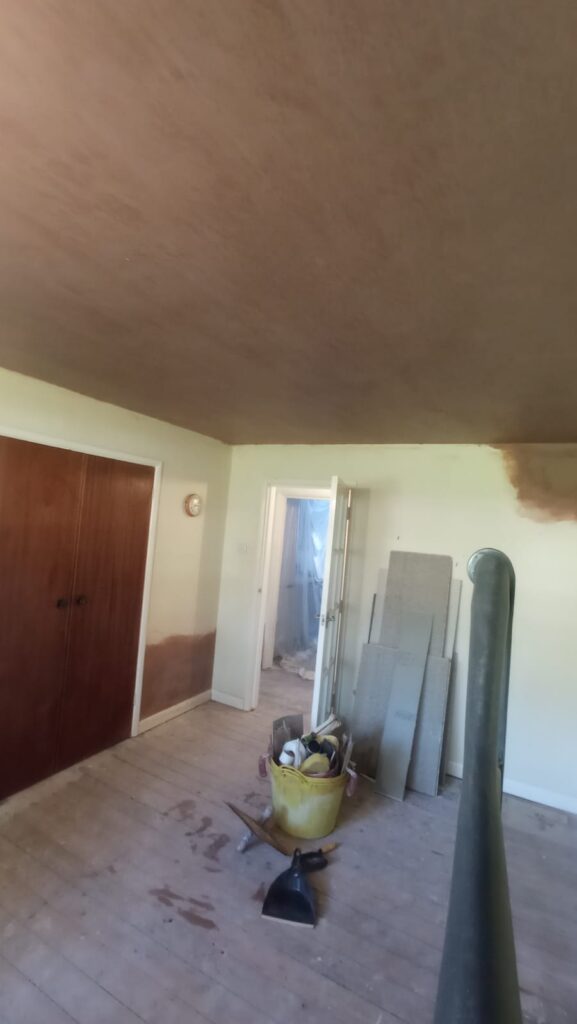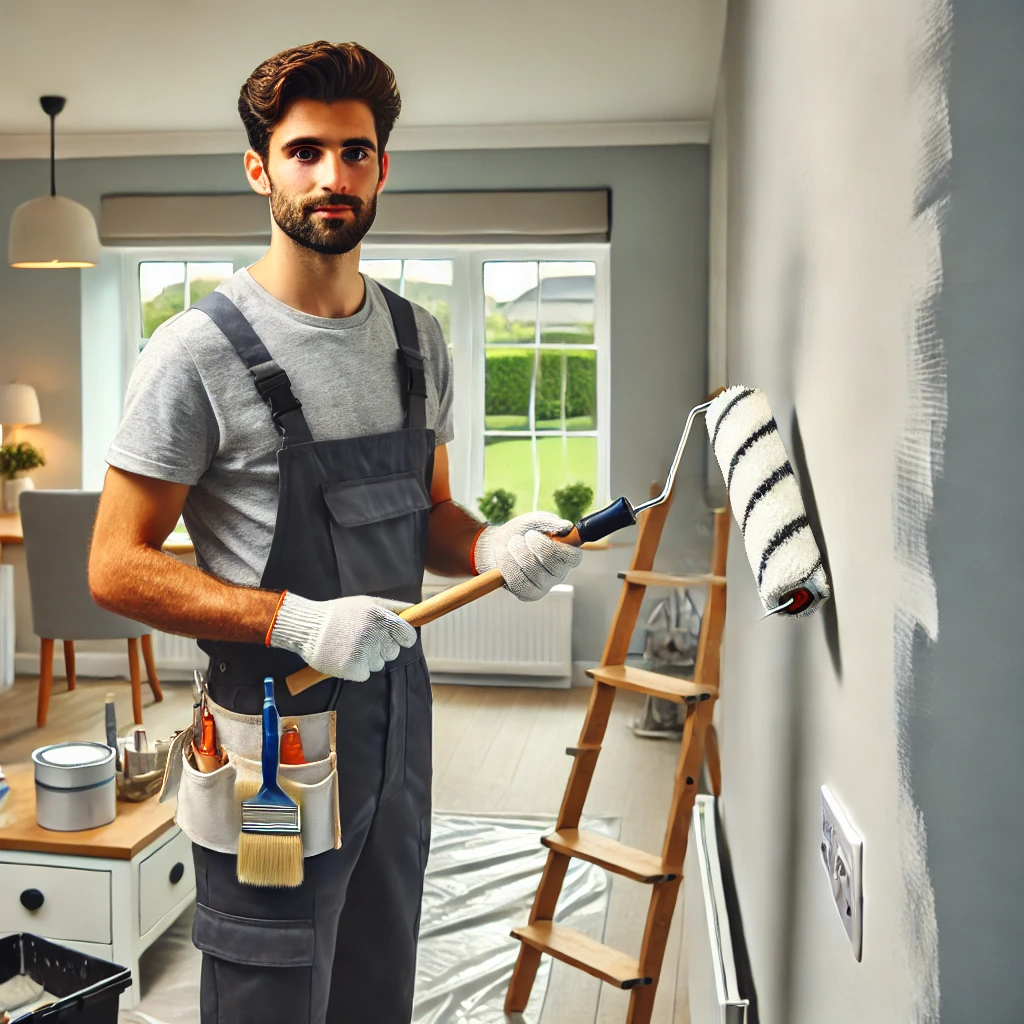Whether you’re renovating a home or building from scratch, plastering and rendering are essential steps to achieve smooth, finished walls—inside and out. In this guide, we answer the most frequently asked questions about plastering and rendering in the UK to help homeowners and DIYers make informed decisions.
What’s the Difference Between Plastering and Rendering?
Plastering is applied to internal walls and ceilings to create a smooth surface for painting or decorating.
Rendering is used on external walls to protect against the weather and improve appearance.
While they both use similar materials (cement, sand, lime), the key difference lies in location and finish.
How Much Does Plastering Cost per Square Metre in the UK?
The cost of plastering varies based on the type of job, wall condition, and location.
- Skimming: £10–£20/m²
- Full re-plastering: £20–£30/m²
Always get multiple quotes and check for hidden costs such as prep work or debris removal.
How Long Does Plaster Take to Dry Before Painting?
Fresh plaster usually takes 4–7 days to dry, but it depends on:
- Room temperature
- Humidity levels
- Thickness of the plaster
Wait until the plaster turns a light, even pink before applying paint.
Can You Plaster Over Old Paint or Wallpaper?
You can plaster over paint, but the surface needs to be:
- Clean and free of grease
- Lightly sanded or primed
Never plaster over wallpaper. It must be completely removed to ensure proper adhesion.
Is It Better to Skim or Re-Plaster a Wall?
- Skimming is ideal for minor surface imperfections and gives a fresh finish.
- Re-plastering is better for damaged, uneven, or crumbling walls.
A professional can help assess the best option for your space and budget.
Rendering: Common Questions
What Types of Render Are Available in the UK?
- Sand and Cement – Traditional and affordable
- Monocouche Render – One-coat, coloured render
- Silicone/Acrylic Render – Flexible, water-resistant, low maintenance
Each type suits different properties and budgets.
What’s the Best Render for UK Weather?
Silicone render is highly recommended for the UK’s damp and variable climate. It’s breathable, water-resistant, and flexible—ideal for preventing cracks.
How Long Does Rendering Last?
Depending on the material and maintenance:
- Sand and Cement: 20–30 years
- Monocouche & Silicone Renders: Up to 25 years or more
Proper application and weatherproof paint or sealer can extend lifespan.
Can You Paint Over Render – and When?
Yes! But only once it’s fully cured:
- Cement-based render: 4–6 weeks drying time
- Acrylic/silicone render: May already be pre-coloured (no painting needed)
Use a breathable masonry paint to avoid trapping moisture.
How Much Does House Rendering Cost in the UK in 2025?
Rendering costs vary by region, size of home, and render type.
- Sand & cement render: £40–£60/m²
- Monocouche render: £55–£75/m²
- Silicone render: £65–£90/m²
Get quotes that include scaffolding, prep work, and cleanup.
DIY or Hire a Pro?
Can I Plaster or Render Myself?
DIY plastering is possible for small areas with experience. Rendering, especially on external walls or at height, is best left to professionals due to:
- Required skill
- Tools
- Risk of cracking
What Tools Do I Need for Plastering or Rendering?
Essential tools include:
- Hawk and trowel
- Mixing bucket and paddle
- Straight edge
- Spirit level
- Float (for rendering)
For rendering: consider scaffolding and safety equipment.
Why Is My Render Cracking or Falling Off?
Common causes include:
- Poor surface preparation
- Incorrect mix or application
- Building movement
- Weather exposure during curing
Cracks must be repaired promptly to prevent water damage.
How Do I Repair Damaged Plaster or Render?
- For plaster: Use filler or patching plaster, then skim.
- For render: Remove loose sections, apply bonding agent, then re-render or patch.
Always match the original material to maintain breathability and appearance.
Do I Need Planning Permission to Render My House in the UK?
In most cases, no planning permission is needed for rendering.
Exceptions:
- Listed buildings
- Properties in conservation areas
- Major colour changes
Check with your local planning authority to be sure.
Finishing & Maintenance Tips
How Do I Get a Smooth Finish When Plastering?
- Apply consistent pressure with your trowel
- Work in sections
- Mist spray if plaster dries too fast
- Finish with a wet trowel for final smoothness
Practice makes perfect!
What’s the Difference Between a Skim Coat and Full Plastering?
- Skim coat: Thin layer (2–3mm) over existing plaster or board
- Full plastering: Includes base coat and finish coat for new or damaged walls
Skimming is faster and more affordable if the base is sound.
How Do I Clean and Maintain Rendered Walls?
- Use a soft brush or low-pressure washer annually
- Avoid harsh chemicals
- Touch up cracks or stains quickly
Silicone renders often self-clean in the rain!
Can You Render in Winter or Cold Weather?
Avoid rendering in:
- Temperatures below 5°C
- Frosty or rainy conditions
Rendering in winter can result in poor adhesion and cracks unless additives or heated environments are used.
What Are the Signs of Bad Plastering or Rendering?
- Uneven surfaces
- Cracks or bulging
- Poor adhesion
- Flaking paint
- Visible trowel marks or rough patches
Always inspect work during and after application, and don’t hesitate to request corrections.
Final Thoughts
Whether you’re tackling an interior renovation or upgrading your home’s exterior, understanding the basics of plastering and rendering ensures a smoother, longer-lasting finish. Always use qualified tradespeople, get written quotes, and take time to choose the right material for your home and budget.
Need Help With Your Next Project?
Looking for local plasterers or renderers in the UK? Drop a comment or get in touch—we’re here to help!

